The making of aszú wines is painstakingly meticulous, involving the work of a benign fungus and picking the grapes individually. I spent ten days at a top Tokaj winery to learn the production and gauge the prospects of this historic wine region in Hungary.
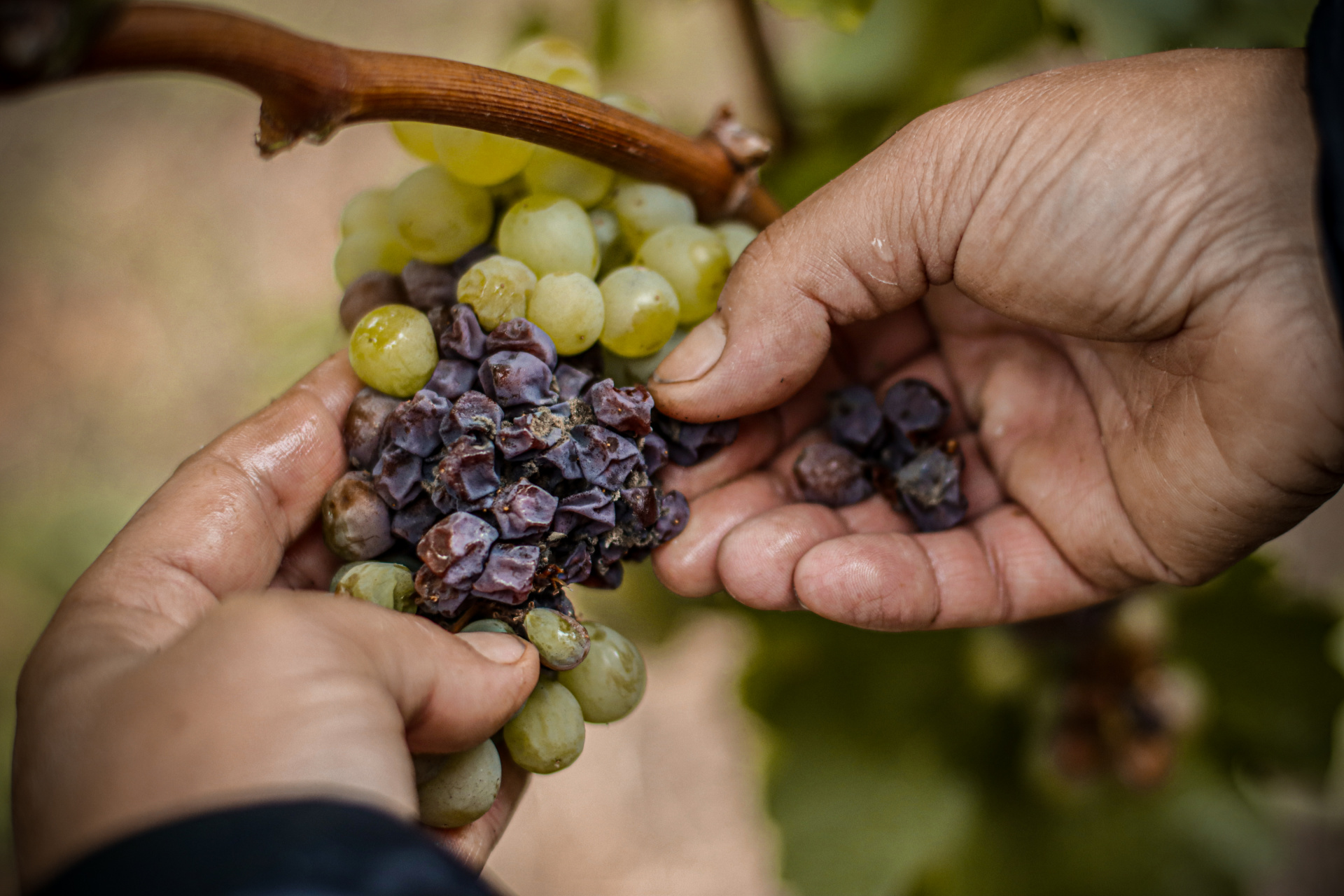
As the French revere their Burgundy and Italians treasure their Barolo, a national emblem for Hungarians is aszú, the golden-colored sweet wine from Tokaj in northeastern Hungary. Aszús are so deeply anchored in the Hungarian consciousness that even the country’s national anthem makes reference to Tokaj's “nectars.” Cradled by the volcanic Zemplén Mountains, Tokaj’s gently sloping vineyards spread across 27 medieval settlements. Tokaj is one of them, and its name is also used to refer to the whole wine region. Tokaj’s claim to fame has long been the aszú: beautifully complex, sweet wines naturally made with the help of a benign fungus called botrytis. This “noble rot” infects the grapes and leaves behind shriveled raisins called aszú with a concentrated sweet-tart flavor. Aszú wines, which have been made since the 16th century, were revered across the European royal courts — the Russian czars even stationed a permanent purchasing team locally in Tokaj throughout the 18th century. Other fans included Louis XIV, Thomas Jefferson, and Napoleon. And, most recently, myself.
As a Budapest-based food writer, a couple of years ago I had the pleasure of spending time in Tokaj in order to create a guide for tourists, and I fell in love with the region — its history, culture, and scenic beauty. I wanted to go back to learn more about how these wines are made, from grape to bottle. I emailed the CEO of Disznókő, one of the most prominent wineries in Tokaj, to see if I could visit and help with the harvest. “We’ll try to make it happen” was the response from László Mészáros.
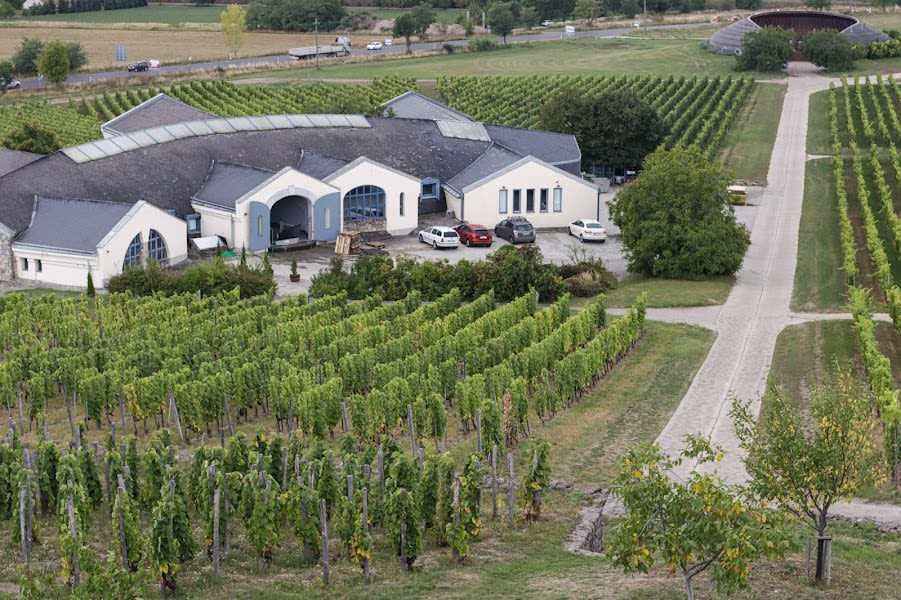
A two-and-a-half hour drive from Budapest took me to Disznókő on a cool mid-September afternoon as the setting sun enveloped the winery in a striking orange glow. The company put me up in a spartan guest house located in the neighboring village of Tarcal and I was to report to work at 7 a.m. the next day to begin my ten-day sojourn.
Sweet wines are made in many parts of the world; the most well-known are Sauternes in Bordeaux, beerenauslese in Germany, and aszú in Tokaj. All three enlist the help of the botrytis fungus and yield singular golden wines but they aren’t identical. Aszús are notoriously high in acidity, which helps keep them from tasting cloying. “Sweetness so balanced and held in check by the sharp-tasting furmint that they leave your mouth whistle-clean,” Hugh Johnson, the wine writer, once said. To help me taste the differences, one day Mészáros opened a bottle of Château Suduiraut, made by the Sauternes winery and had me compare it to Disznókő’s five-puttony aszú from the same vintage. The Sauternes was round with a subtle creamy texture, whereas the aszú had quince and dried orange flavors and a racy acidity that lingered in the mouth. It was luscious and bursting with flavor without being overly sweet. It was nearly impossible to stop drinking them.
The making of aszú wines is expensive, burdensome, and governed by the forces of nature. Aszú grapes only form when the late-summer weather is sufficiently humid for the botrytis to appear and the fall period that follows is dry enough to limit its activity. Some years, there’s hardly any even in Tokaj, whose myriad rivers and streams and dry falls provide the ideal conditions for the fungus. When I scanned one of Disznókő’s vineyards for aszús, I could detect a good number of bizarrely wrinkled, desiccated grapes — what I learned was a good sign for the 2021 harvest.

Unlike with regular wines, laborers need to carefully scan each grape bunch during harvest and individually pick off the aszú berries. A person can pick an average of eight to ten kilos of aszú in a day, compared with more than five hundred kilos of normal grapes. At Disznókő, 70-80 hired workers go out to the vineyards several times between September and November in search for the perfect aszús. During my visit, almost all were Roma people from the nearby villages. Tokaj is located within one of the poorest and increasingly deserted regions in Hungary so the wineries have a mutually dependent relationship with the local Romas. These deeply underprivileged people, most of whom live disconnected from the outside world and without central heating and internet, carry on an essential piece of Tokaj craftsmanship.
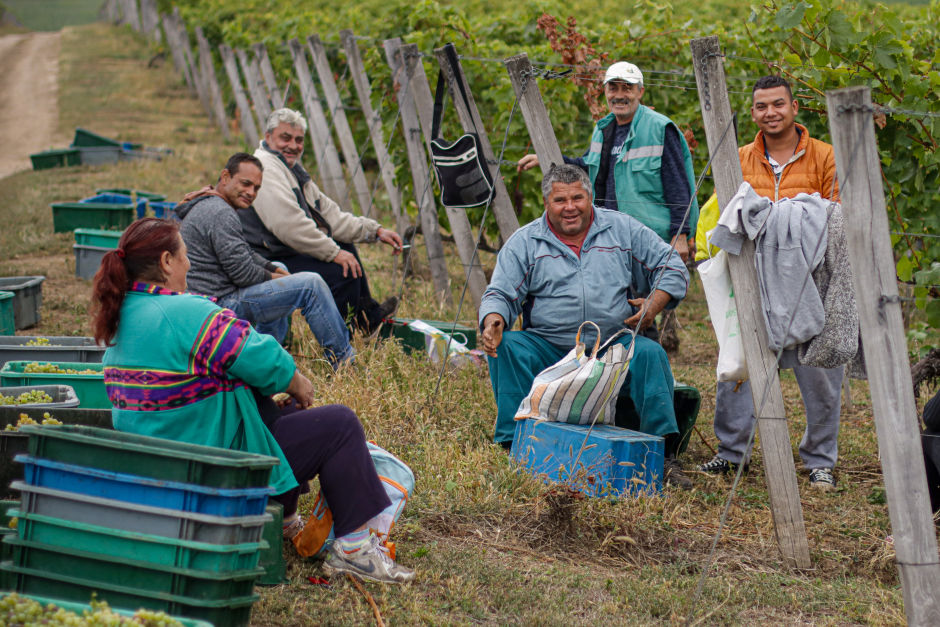
Instead of aszús, we picked healthy grapes on my first day of harvest for the small amount of dry wines Disznókő produces. Almost all Tokaj wines, both the aszús and the dries, are made from two native Hungarian grapes, furmint and hárslevelű. Furmint contributes heft and depth, while the softer hárslevelű rounds them out with enticing flavors of honey and elderberry. I was to shadow one of the laborers, Rózsa, who showed me how to clear the vines of excess leaves for better access to and a clear view of the grapes. Then I got to work, making sure not to snap off bunches where aszú berries already appeared. After completing a couple of rows, my lower back started to call attention to itself with every bend. “It’s hard work,” said Rózsa with a sympathetic smile. The aszú harvest, which began a few days later, was less physically taxing but required more attention. I managed to fill a quarter of a bucket in two hours with these precious rotten grapes before I was due back in the winery.
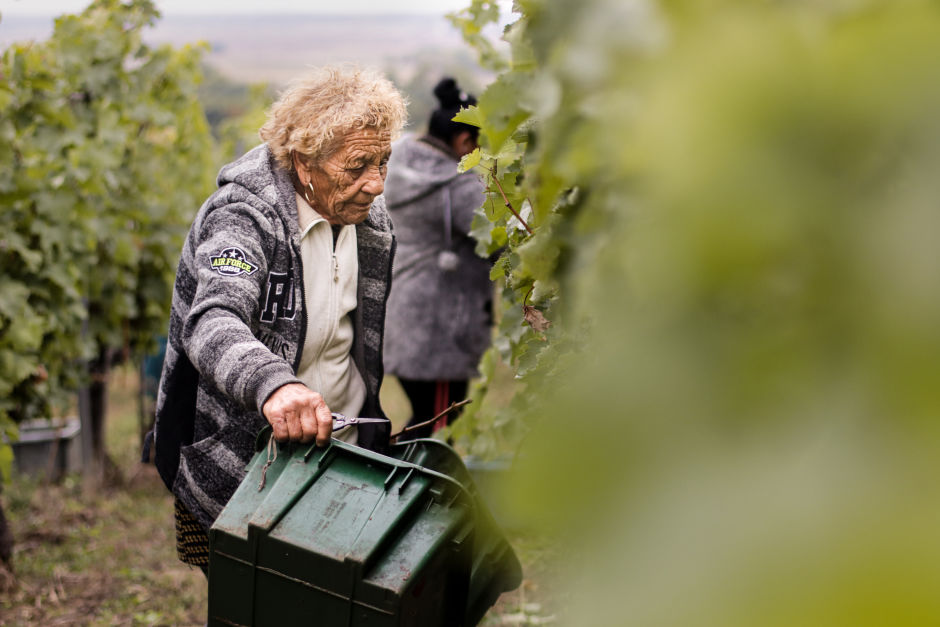
After all the aszú grapes arrive in the winery, they’re soaked in a neutral base wine for a day or two to extract their contents. Then Mészáros and his colleagues begin a rigorous tasting process, comparing samples across the different vineyards while scanning statistics like sugar, pH, and acidity levels. They decide which aszú will go into the five and the six puttony, the two official categories (“puttony,” named after the basket into which aszús were picked, was the historical unit of measurement). There’s also a similar wine called szamorodni, made from a mix of aszú and healthy grapes. The mixture is then pressed and fermented. After two years in the barrel, some aszús are released to the market while others are kept aging in Disznókő’s cellar.
Disznókő, where I’m staying, is one of the best-known sweet wine producers in Tokaj. The company puts out 300,000 bottles annually from its one hundred hectares (250 acres) of south-facing vineyards that blanket the peacefully rolling hills near the village of Mezőzombor. Most of those bottles end up in restaurants and wine stores across Western Europe, China, and the United States.
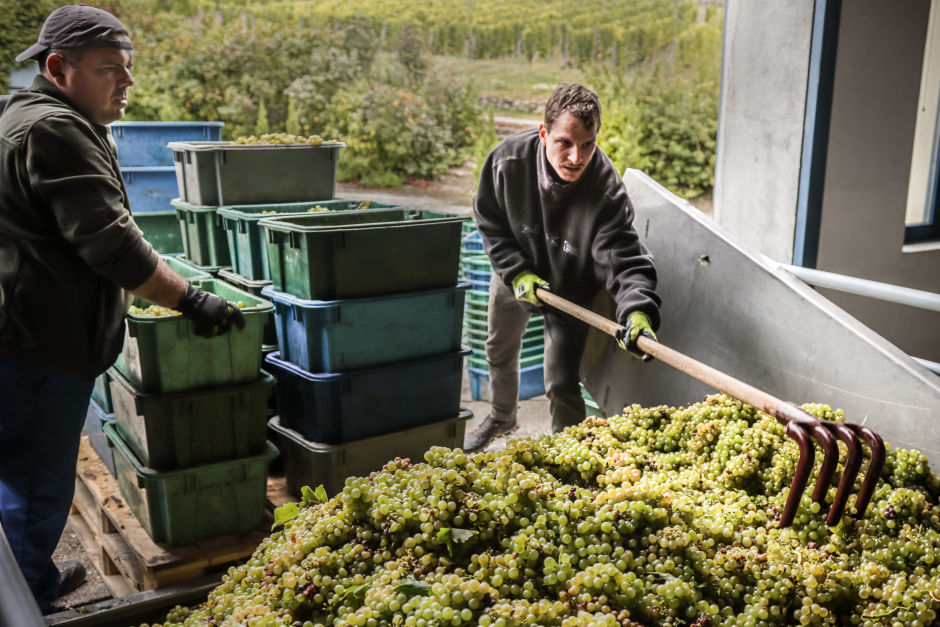
Disznókő is owned by the French AXA Millésimes, the insurance group whose winery portfolio also comprises domains in Bordeaux, Burgundy, the Napa Valley, and the Douro Valley in Portugal. Disznókő formed in 1992, when the state sold off a few major Tokaj vineyards in post-Communist Hungary to a handful of foreign buyers. The Communist era (1949-1989) left Tokaj a faded version of itself. The best vineyards near the hilltop were abandoned in favor of low-lying plots that were easier to access with machines. Quantity trumped quality and the generational know-how was rapidly disappearing. International wine investors like AXA brought much-needed capital, technical expertise, and distribution network.
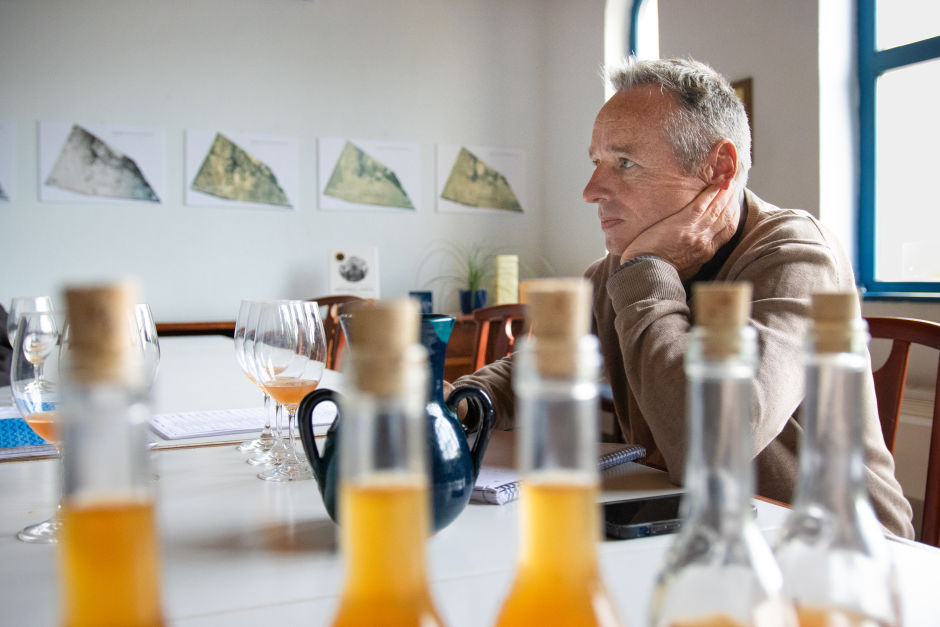
Since the second part of the 20th century, wine consumption has shifted away from sweet wines driven by changing tastes and the harmful health effects of too much sugar. Because of this, many of Tokaj’s producers today make more dry wines than sweet wines. “For every bottle of aszú I sell ten bottles of dry wines,” said Sarolta Bárdos, the owner of Tokaj Nobilis. When put in perspective, however, this seems a little superfluous: a glass of aszú contains about the same amount of sugar as many cocktails and less than half than a glass of margarita.
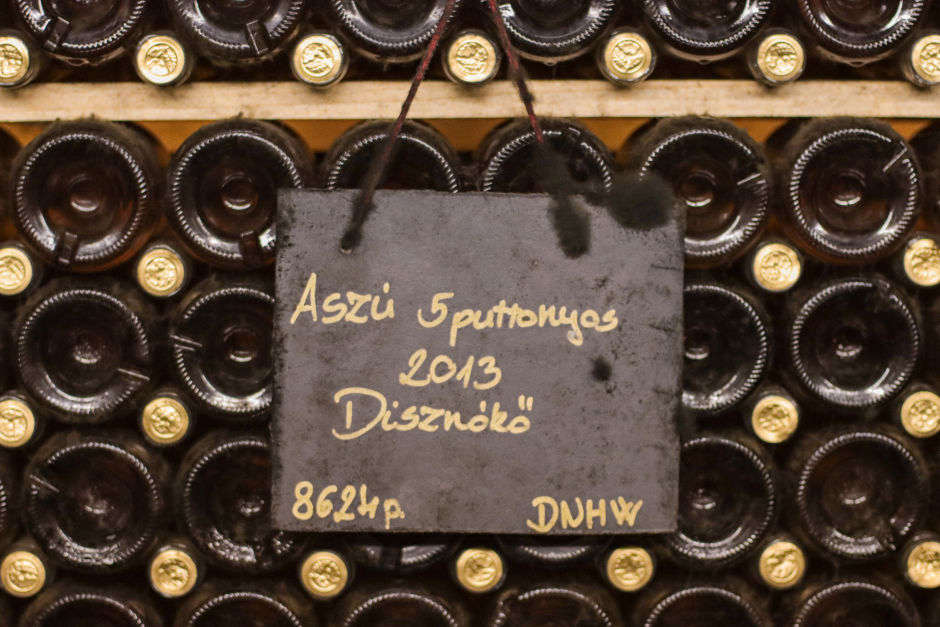
Unfortunately for aszús, it’s also one of those wines that few people drink regularly because it’s often viewed as a special-occasion treat, even though it’s cheaper than many premium dry wines — a bottle of Disznókő’s 500 milliliters five-puttony aszú retails for $50 in the United States. Traditionally foie gras, desserts, and blue cheese were the foods to go with it but some winemakers think this is changing.
“A sommelier at a Belgian restaurant serves my sweet wines with savory dishes,” said Attila Homonna of Homonna Vineyards, one of the small but pioneering Tokaj winemakers with a cult following abroad. “People started drinking Tokaj also as an aperitif. Instead of champagne, corporate events should begin with people knocking back a glass of chilled aszú.” Mészáros from Disznókő prefers aszús with seafood and spicy Asian dishes like Thai to which the aszú’s acidity is a perfect foil. “It’s not an everyday wine, but definitely something to crack open on a Sunday morning or afternoon with a book or while listening to music,” said Samuel Tinon, of Bordeaux, who came to Tokaj thirty years ago and fell in love with aszús. Today he’s considered an expert of botrytis-made wines. “Those who know Tokaj are already doing this.”
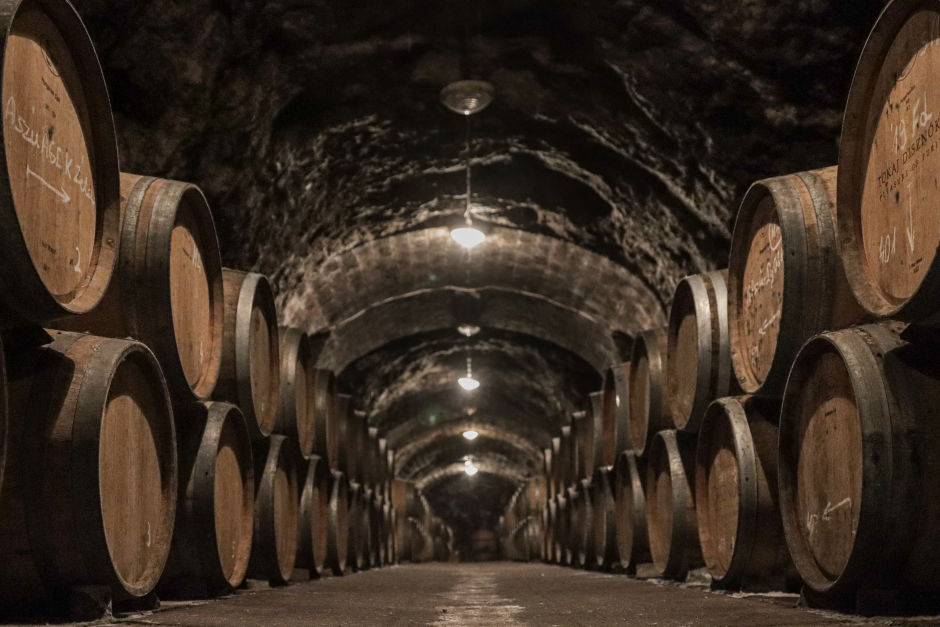
Despite the headwinds for aszús, some winemakers see the tide turning. “Foreign buyers are shifting to my sweet wines,” said Homonna. “I think what helped cause this was the orange wine revolution. After all, Tokaj has been making wine this way for 400 years.” For Tinon, the sales of aszús are leading the recovery from Covid. “The market is growing, my sales are increasing, but Tokaj as a wine region spends little money on marketing and communication so people think it doesn’t exist.”
For now, only a limited number of Tokaj producers are exported because distribution is a challenge. While foreign-owned wineries like Disznókő can capitalize on their parent companies’ sales networks, family wineries are left on their own. “We have to do it ourselves,” said Stephanie Berecz, the owner of Kikelet winery (whom some regard as the “queen of Tokaj”) when I asked how she finds new markets. This problem harks all the way back to the tragedy of the Holocaust, which hit on many levels in Tokaj. Jewish merchants had played a crucial role in selling wines at home and abroad. In some of the villages like Mád and Abaújszántó they accounted for a fifth of the population before their 1944 deportation to Auschwitz where almost all of them perished (the abandoned synagogues and cemeteries in almost every village are poignant reminders of Tokaj’s once-flourishing Jewish life). Today, there’s a state-owned sales house, Grand Tokaj, that purchases grapes from the small producers but it’s a far cry from the sophisticated sales systems found in Bordeaux and Burgundy.

Intrigued by the trip and armed with a few bottles, I was eager to apply my newfound knowledge about aszús back home in Budapest. One evening, I picked up some red curry sauce with chicken and a side of rice. The oily, sweet and spicy dish, I reasoned, might hold its own against the aszú. The result exceeded my expectations and my apartment mate was there to confirm. “Wow, this works really well.” Drinking aszú with an everyday weeknight dish felt decadent but that was also part of the fun. And I now had an excuse to do this more often.